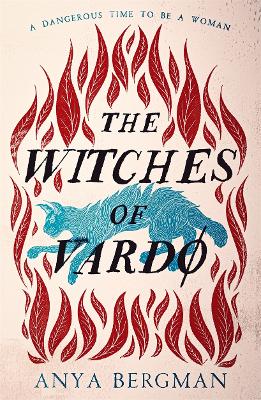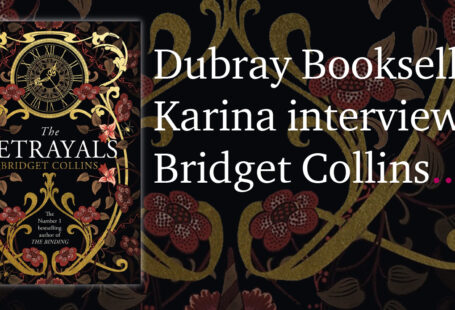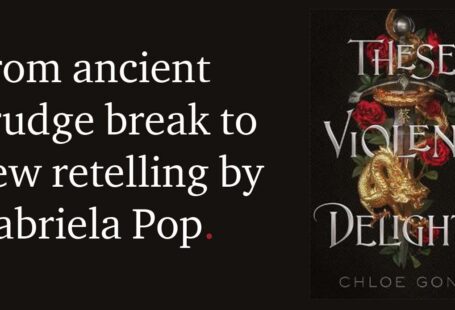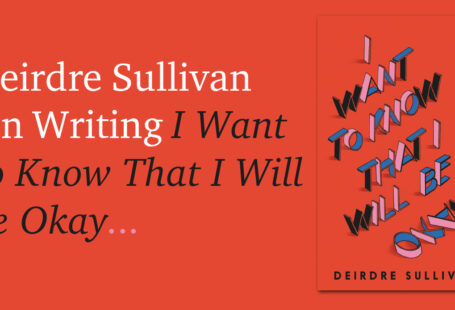My new novel, The Witches of Vardø is inspired by the true events of a series of witch trials on the arctic island of Vardø in Northern Norway in 1662, and tells the story of three women – Anna, Ingeborg and Maren caught up in the witch panic. The idea for this book came when I lived in Norway and discovered the original witch trial records, painstakingly interpreted by Professor Liv Helene Willumsen, and translated into English by Katjana Edwardsen. I read the confessions of the accused women, and young girls, as they spoke of shapeshifting into birds and making storms to wreck merchants’ ships or turning into whales and chasing away the fish, or worst of all transforming into cats and sneaking into cellars to drink all the men’s beer and dance with the Devil. These offences proved they were witches and carried with them the sentence of death by being burned at the stake.

But all this testimony was recorded by the male scribe in employ of the Governor of Finnmark who answered to King Frederick III of Denmark, and after the women had undergone tortuous interrogation such as the Water Ordeal which involved them being thrown into arctic waters to prove they were witches. If they floated, they were guilty. At this time Norway was under the domain of the Danish Empire, and Frederick was as fearful of witches as his father, Christian IV, and his aunt’s Scottish husband, King James VI of Scotland when he instigated the ferocious Scottish witch hunts. There are many different reasons from economic, to religious to political for the witch hunts which flared up all over Europe and the New World between 1350 and 1750 and resulted in the execution of thousands of people, mainly women. However, I believe at their heart was misogyny, the oldest of all prejudices. I was determined to raise the lost voices of these women. I wanted to reclaim their agency but how was I to do this? And then I worked it out – why else it was the women might have claimed to possess magic. It gave them a sense of empowerment.
Inspired by the writings of Latin American magic realist writers, in particular Isabel Allende, who has been my lifelong writing icon, the magic within The Witches of Vardø possesses a fine line between reality and the fantastical. Who is to say that Maren doesn’t have a natural talent for understanding animals, or predicting changes in the weather? Or maybe she can turn into a lynx, and conjure storms? Is it true Ingeborg can shapeshift into a little black cat, or is she just very gifted at climbing? Does Anna possess vast medicinal knowledge, or does she have healing powers? What is important is that their ‘magic’ is the only way these women can challenge the patriarchy in a period of history set against them. I blended my true historical tale with these elements of magic realism, drawing on Nordic folktales, Norse mythology and the beliefs of the indigenous Sámi people in an attempt to liberate the women of Vardø from the trauma of patriarchal colonisation and because I wished to reach out to you, the reader. Rather than bury you in this dark history, I wanted to bring you to the light at the heart of it. This flame of valiant women who refused to be victims.






Recent Comments